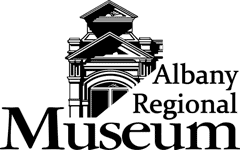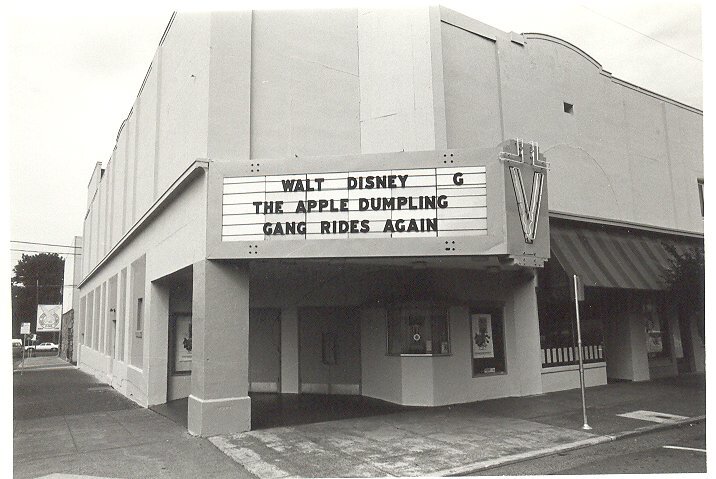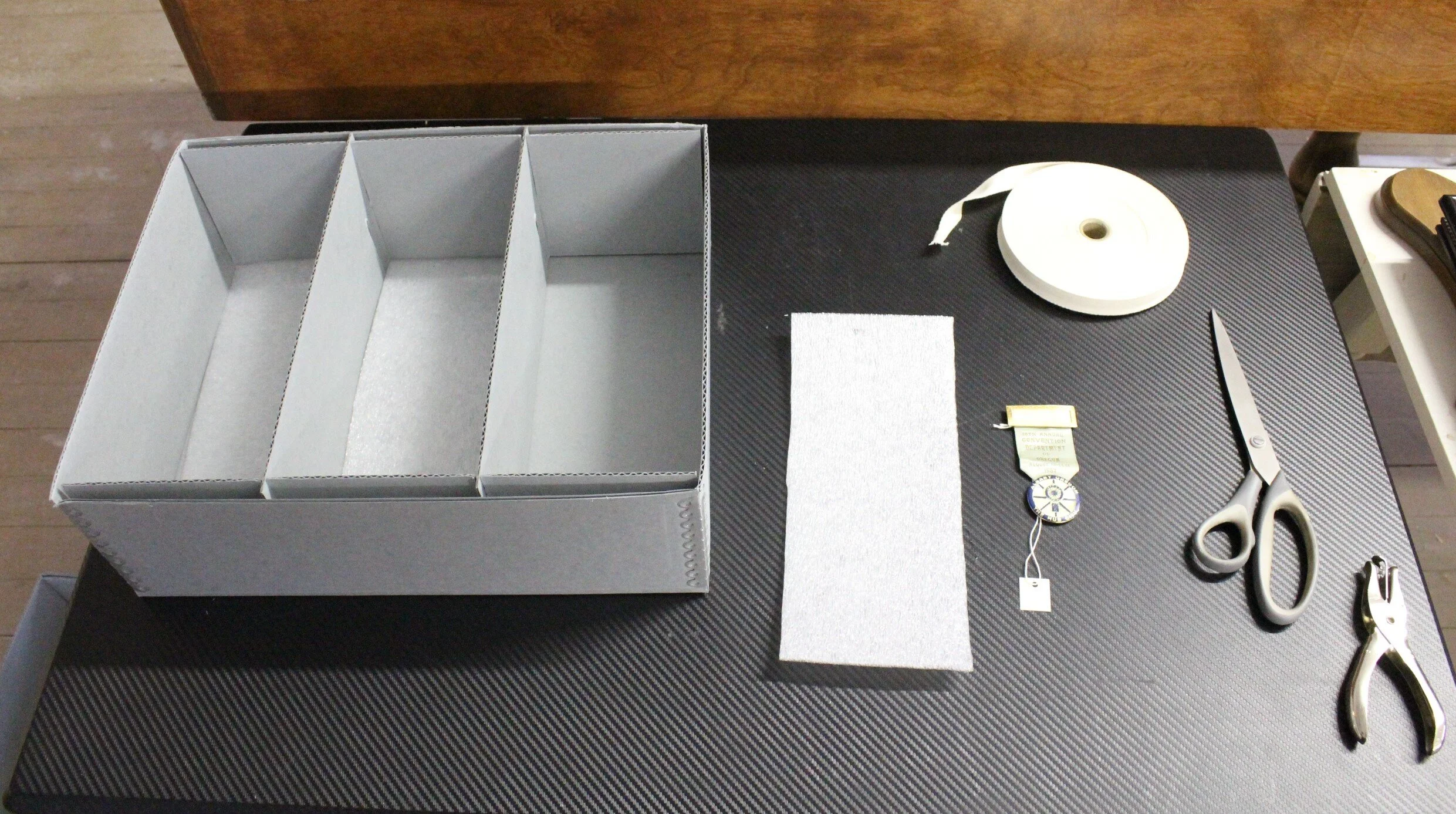By Cathy Ingalls, Albany Regional Museum board member
On Aug. 3, 1999, Bill and Ellen Lilja, Sam Lanahan and Charlie Bottomly shouldered an 18-foot by 20-foot hand-painted vaudeville theater backdrop that had been stored in the Flinn Block and carried it to its new home at the Albany Regional Museum.
The hope was that the backdrop, thought to have been painted in oil during the 1920s for the forerunner of the Venetian Theater, could become part of a vaudeville exhibit…








